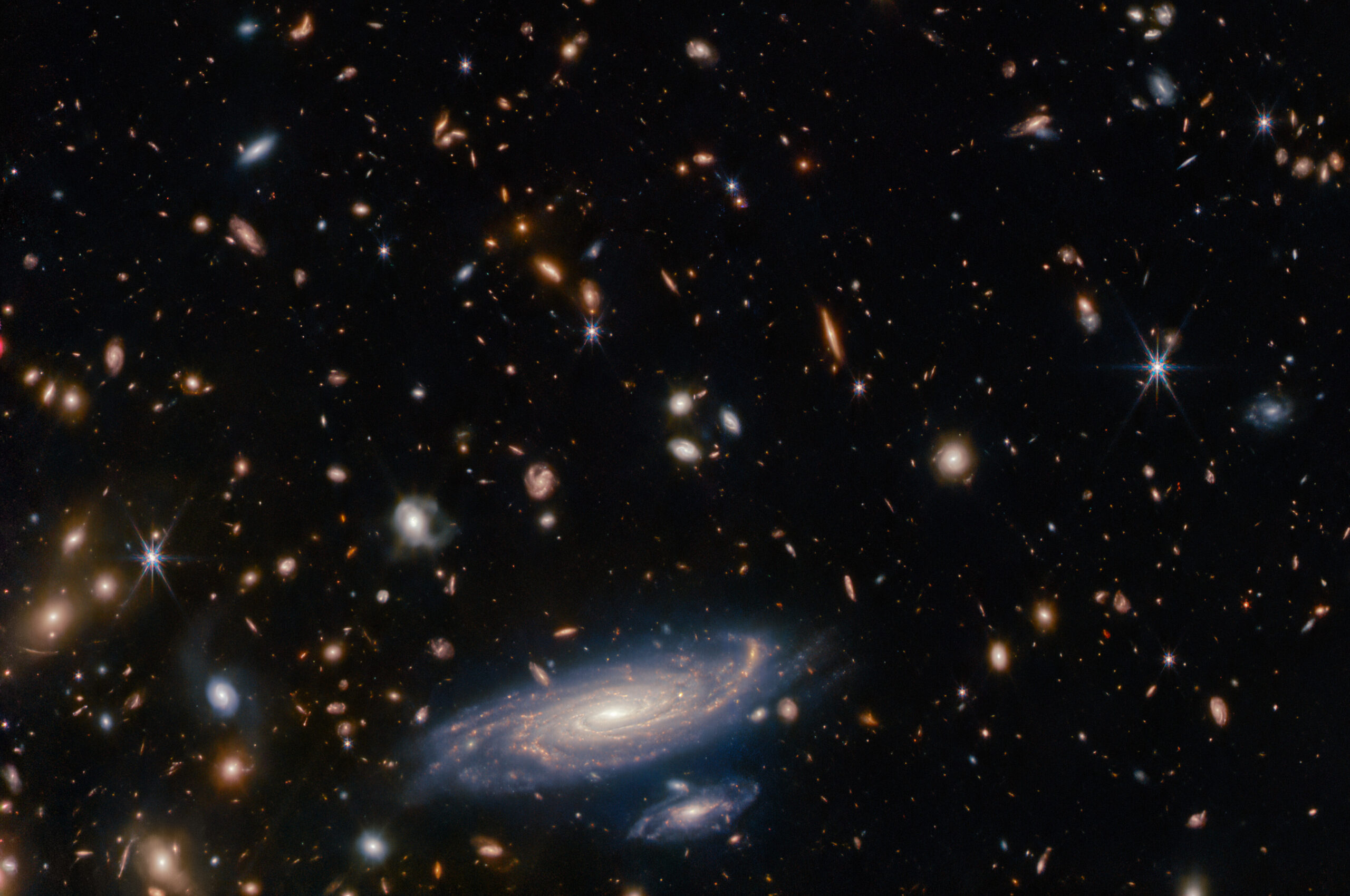The next generation of wide-area, sensitive X-ray surveys designed to map the hot and energetic Universe has arrived, thanks to eROSITA (extended ROentgen Survey with an Imaging Telescope Array), the core instrument on the Russian-German Spectrum-Roentgen-Gamma (SRG) mission. eROSITA high sensitivity, large field of view, high spatial resolution and survey efficiency is bound to revolutionise X-ray astronomy and deliver large legacy samples for many classes of astronomical objects in the energy range 0.2-8 keV. Over this energy range, telescopes are sensitive to the emission of millions of degrees hot gas, revealing, among others, the most massive collapsed structures of the Universe (clusters and groups of galaxies), the hot ISM of the Milky Way and the Supernova remnants that energise it, the atmospheres of neutron stars, the magnetic coronae of accretion discs around black holes. The speaker will present an overview of the instrument capabilities, the current status of the mission, and a few selected early science results and the expectations for the survey program, which has completed last June the third of its eight planned charts of the whole sky. In particular, he will report on the discovery of hot gas in emission from the filaments connecting two clusters of galaxies, of large X-ray bubbles in the Milky Way halo, and of two new pulsating supermassive black holes.
Andrea Merloni (M), Ph.D 2002 from University of Cambridge, UK, is senior staff member of the Max Planck Institute for extraterrestrial Physics, in Garching, Germany. His research develops at the boundary between theory and observations, and focuses, among others, on black hole astrophysics, the theory of accretion, active galactic nuclei and X-ray binaries, cosmological evolution of massive black holes, and multi-wavelength extragalactic surveys. His most influential work from 2003, reporting the discovery of a “Fundamental plane of black holes activity” linking the observable properties of black holes across the known range of masses, has received more than 900 citations alone. Since 2020 he is Principal Investigator of eROSITA, after having served as Project Scientist for 9 years. He is also heavily involved in the development and planning of new wide spectroscopic surveys (SDSS-V, ESO/4MOST), which will help unveil the large scale distribution of the energetic sources discovered by eROSITA.
Webinar was recorded on October 28, 2021
